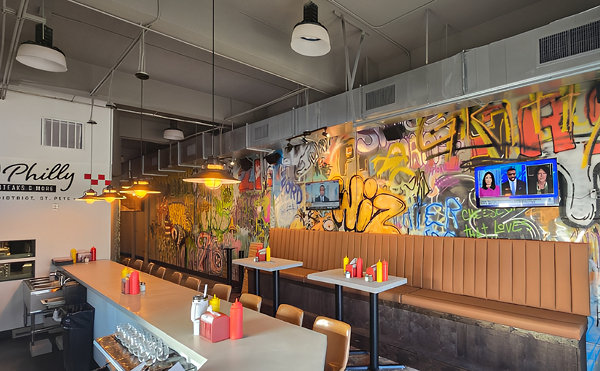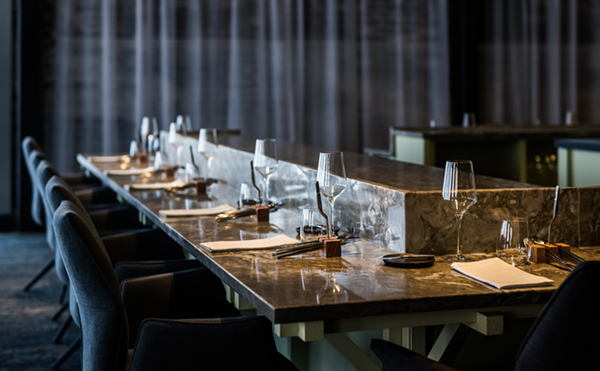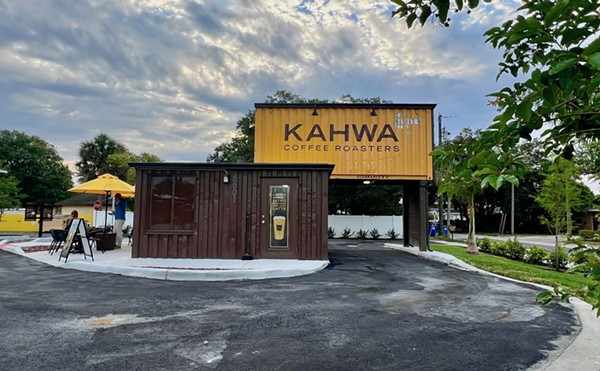The first is to make sure your wine and cheese are both at the proper temperature. It is the only way you will get the maximum flavor from each. There is enough to be said about the proper temperature for different wines to make it the focus of another article. As for the cheese, unless it is very warm where I am serving, I make sure the cheese has been removed from the refrigerator an hour before serving. This will let you appreciate the subtleties of the cheese, as the change in flavor and texture is remarkable. If you are scientifically inclined, test this out by sampling cheese that has been left in the refrigerator side by side with the same cheese that has been sitting out for an hour.
My other hard and fast rule is easy: make sure the pairing is something you enjoy. If it tastes good to you, don’t worry about whether it breaks someone else’s rules. That said, here are some guidelines to help you get started.
1. Go for quality cheese. This doesn’t mean to buy the most expensive cheese out there. But do look for cheeses that have good flavor. A cheese that has little flavor, or a plastic texture is not going to show well with any wine. If you can, find a cheese shop with a knowledgeable staff that will let you sample the cheeses.
2. If your cheese has a salty nature, a sweeter wine is a good option. For example, a salty blue cheese is lovely paired with Port.
3. If your wine is tannic, a creamy cheese balances those tannins beautifully. I love a nice runny Vacherin Mont d’Or with a big California cabernet sauvignon.
4. And while those opposites attract, wines and cheeses with similar flavor profiles can be wonderful together as well. An acidic wine like a sauvignon blanc is perfect with an acidic soft goat cheese.
5. Consider pairing wines and cheeses from the same region. I would never make this a rule because so much wonderful cheese comes from areas that don’t produce wine. But there is much to be said for a Spanish pairing of Manchego and albarino, or a fruity Aussie shiraz with nutty King Island Roaring Forties blue cheese.
You can augment your pairing with breads, crackers, nuts, fruit, just about anything. I really enjoy honey drizzled over parmesano reggiano, and quince paste with Morbier. I have even planned a wine and cheese tasting dinner. It included four courses starting with chevre and sancerre, and finishing with port and blue cheeses. The nice thing about wine and cheese pairing it is a learning process that never ends and is immensely enjoyable.
To read what and where Collen is eating and drinking, follow her on Twitter @colleensachs.















